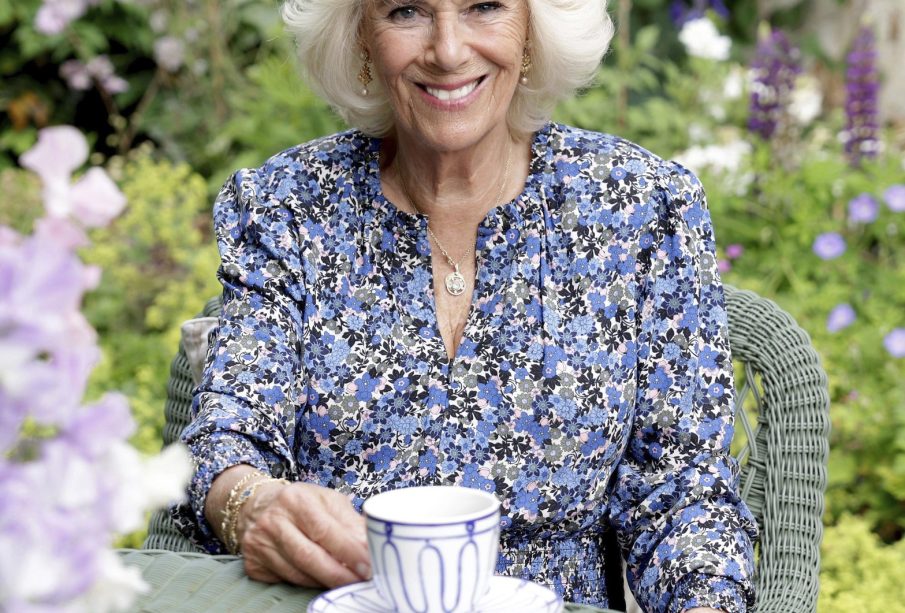The Evolving Role of Camilla within the Royal Family

Introduction
As the British royal family adapts to changing public sentiments and societal norms, the role of Camilla, Queen Consort, has proven to be both pivotal and transformative. Her marriage to Charles, King of the United Kingdom, has not only marked a new chapter in the monarchy’s history but has also brought forth critical discussions around her influence and public perception.
Background and Transition
Camilla, born Camilla Rosemary Shand, married Prince Charles in 2005 after a long-standing relationship that began in the early 1970s. Initially facing scrutiny due to the circumstances surrounding their union, particularly in relation to Charles’s first wife, Diana, Princess of Wales, Camilla’s public image has evolved significantly since then. As she took on royal duties, she focused on areas such as literacy, health, and animal welfare, slowly winning over sceptics.
Recent Developments
In recent months, Camilla has been at the forefront of several royal engagements, receiving praise for her empathetic approach to public and charitable work during challenging times. Notably, her participation in events related to the COVID-19 pandemic underscored her commitment to public service, as she highlighted the importance of mental health during lockdowns. Moreover, as King Charles navigates his new role, many observers have noticed that Camilla has become a stabilising presence, providing support at state functions and representing the monarchy in a relatable manner.
Public Perception
Polls conducted this year indicate a changing attitude towards Camilla, with a significant percentage of the public now viewing her positively. As her charity work gains visibility, coupled with her down-to-earth persona, many Britons are beginning to appreciate her influence within the royal family. Recent surveys suggest that over 60% of respondents believe she has successfully established herself as an integral part of the royal household, which was not always the case during her early years as the Duchess of Cornwall.
Conclusion
Camilla’s journey from a controversial figure to a beloved member of the royal family illustrates the dynamic nature of public perception. As King Charles continues to redefine the monarchy for contemporary Britain, Camilla’s influence appears to be growing stronger. It remains to be seen how she will continue to contribute to royal duties and the broader societal issues she advocates for. Nevertheless, her ascent as a supportive Queen Consort marks a significant turning point for both her personal legacy and the monarchy as a whole.









